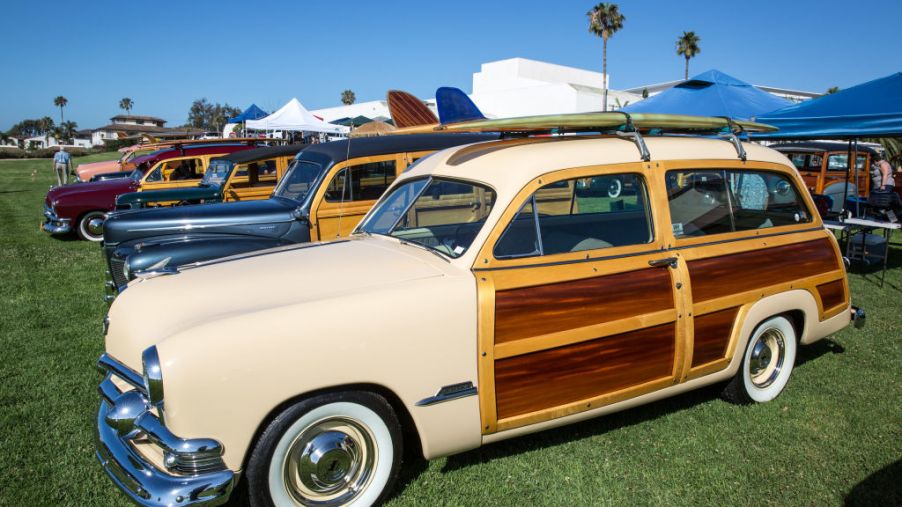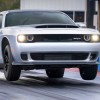
The History of the Station Wagon
At some point in the history of America’s auto industry, the station wagon became the car that represented middle-class families. And it maintained this standing for over 40 years.
While the station wagon is no longer viewed this way, its imprint on automotive design can still be felt today. With that in mind, we’ll take a trip down memory lane and have a look at the illustrious history of the station wagon.
The station wagon’s original design
Also called a wagon or an estate car, the station wagon had a body type similar to a sedan, though its roof extended to the rear. This covered not only the passengers but the cargo space. Instead of the usual trunk lid, the station wagon’s back featured a third, or sometimes fifth, door tailgate. For more cargo space, some wagons gave you the option to fold the rear seats.
From humble beginnings
The first station wagons were a part of train travel. During that period, automakers used hardwood to assemble passenger compartments. They’d frame the compartments in steel and coat them with colored lacquer for additional protection.
The framing, however, was not covered like a normal automobile. Back then, station wagons didn’t have glass enclosing the passenger area. They made use of canvas instead. Early manufacturers included Cantrell, USB&F, and Hercules.
Ford owned a hardwood forest that made the Model A wagon’s production easier. So, the company quickly became the biggest name when it came to wagons. Since woody station wagons sold at a higher price than standard cars in the 1930s and early 1940s, they signified prestige.
However, the cars received attention constantly, which led to the introduction of the all-steel wagon.
Steel over wood
In 1935, Chevrolet released the all-steel eight-passenger wagon. Following this mode, automakers made advances in production, which made the all-steel bodies more practical. This is because they did away with the cost, maintenance, and noise of the wood-body wagons.
Automakers continued transitioning to all-steel bodies during the ’40s. After the release of the Plymouth Suburban station wagon in 1949, the wooded wagons were discontinued altogether.
Automakers still made use of wood accents until the mid-1950s. Then, they opted to utilize vinyl graphics. In fact, only Ford and Mercury were utilizing the woodie model.
Growth in popularity
Between 1950 and 1970, station wagons experienced their best sales years in the U.S. With two-door and four-door versions available, consumers had many options from automakers like Buick, Chrysler, GM, Rambler, Oldsmobile, Mercury, and Ford.
A majority of wagons could carry up to nine passengers. After the 1957 Chrysler included a rear-facing seat, other car companies followed suit. In 1964, Ford and Mercury released models that had the trunk fitted with two seats that faced each other. This increased the capacity further.
Other wagons from this period featured a raised roof, acrylic glass skylights, a jump seat, and a third row that faced forward.
A decline in sales
During the oil crisis of 1973, people began shifting away. This prompted Chrysler to launch its minivan design in 1984. After the van received a positive reception from consumers, automakers shifted to the minivan and SUV market.
The last American-made wagons, the Chevrolet Caprice and Buick Roadmaster, were discontinued. Ford ended production of the Taurus wagon in 2005. Although small wagons have been marketed as a cheaper alternative to a minivan or SUV, they’ve been replaced by the introduction of crossovers.
Station wagons may not be held in the same regard today, but the car’s contributions to the auto industry will go unchanged.


